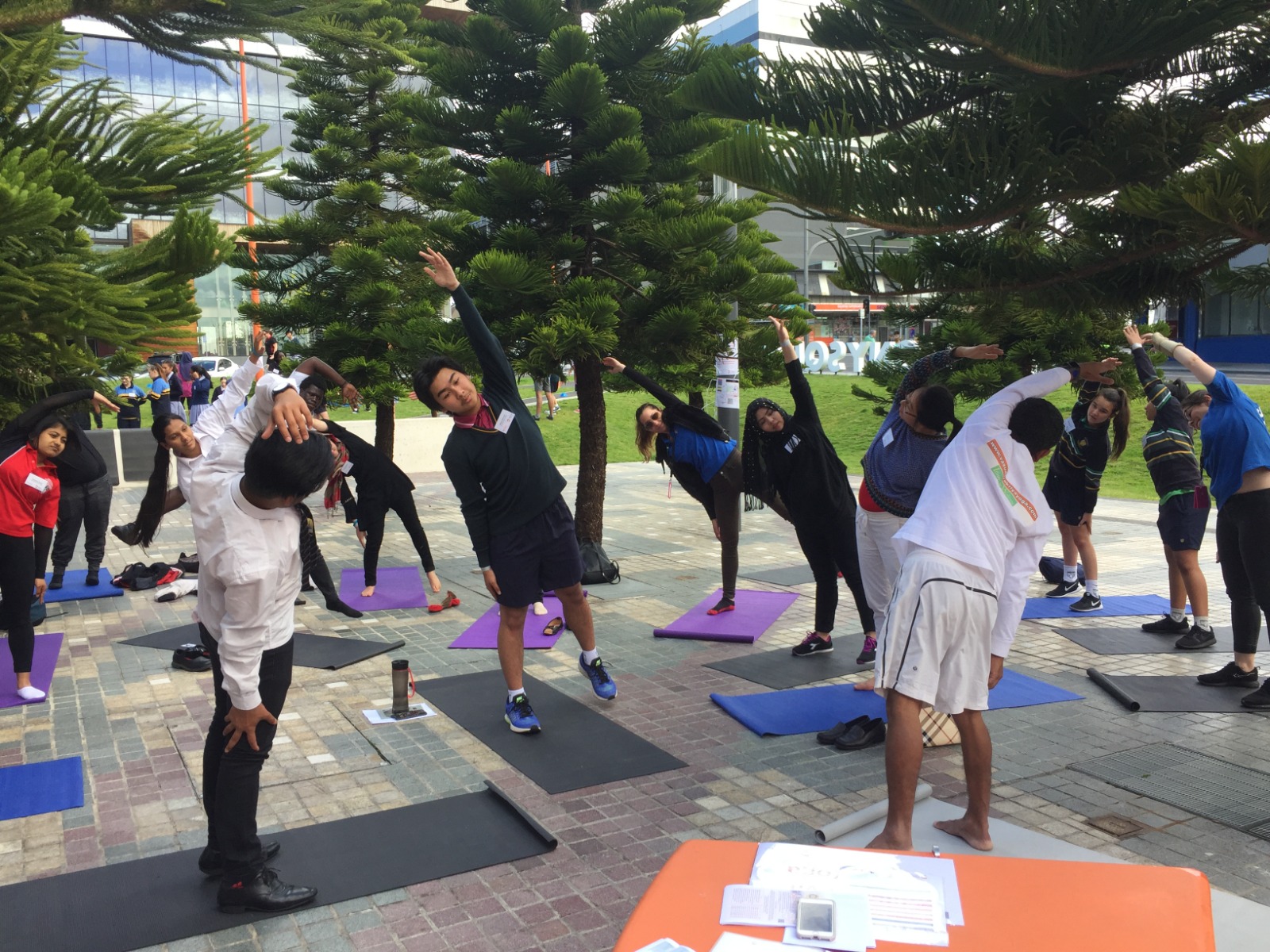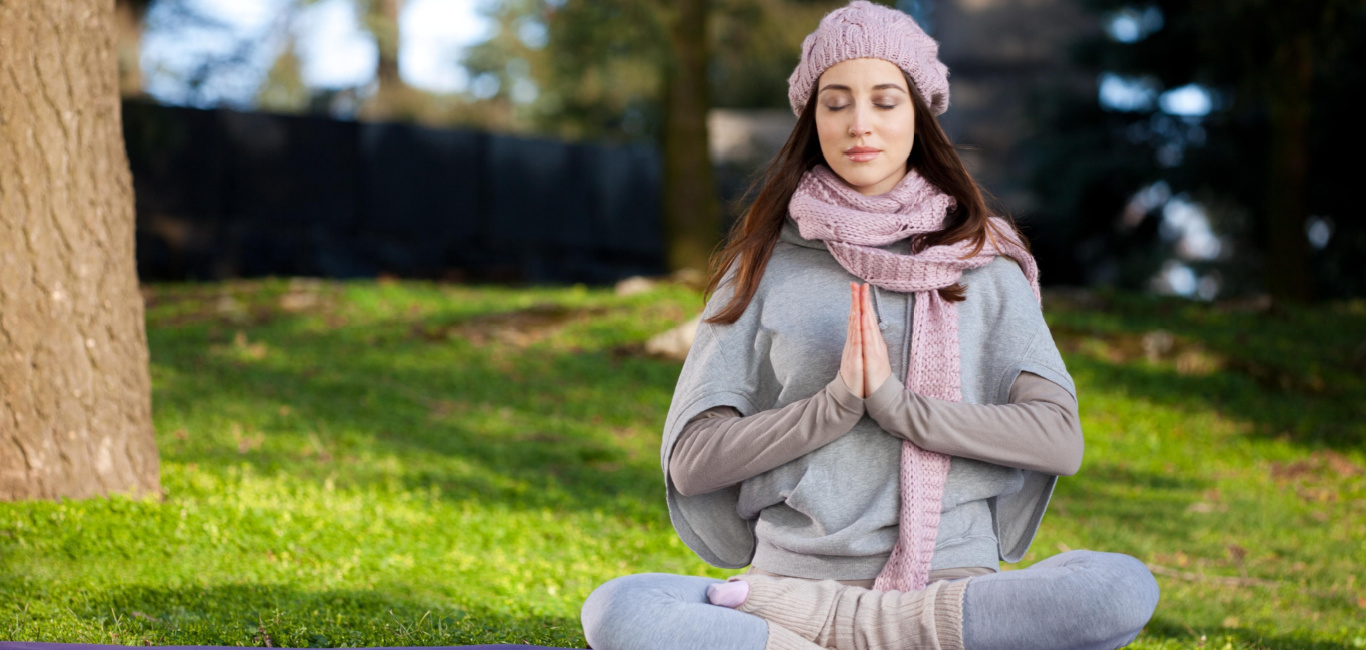
Teenage is an emotional roller-coaster period in one’s life, packed with a mix of joy, thrills, anticipation and some not-so-happy times, all of which set young people on the course of life.
It also brings on an array of demands, challenges, pressures and ambiguities.
The 2012 Hollywood romantic drama movie, The Perks of Being a Wallflower, delves into the shades of the mental well-being of a teenager. Protagonist Charlie’s adventurous journey subtly, yet lucidly, portrays stress and struggles in the life of a teenager.
It highlights how daunting it is to navigate the psychological landscape of adolescence – which is a tide of emotions like peer pressure, anxiety, stress and even depression.
Stress in teenagers
“In this period of their life, teenagers strive to excel their peers – [an effort] which results in their stress,” says yoga expert Rajendra Yenkannamoole, the founder of Vasudeva Kriya Yoga, Melbourne.
He adds that many concerned parents bring their children to him, mainly to consult on their children’s stress levels, sleep disturbances and restlessness.
Dr Ranjani H, a scientist at Dr Mohan’s Diabetes Specialities Centre and Madras Diabetes Research Foundation, Chennai, says teenagers face a lot of stress due to academics and their performance. They also must brave competition, peer pressure and social media influences – apart from hormonal changes happening in their bodies.
Yoga as a stress buster
Teenage is often regarded as a phase of stress but as one that will pass. But while it lasts, yoga possibly shows a happy and calming way of navigating through this chaos.
Retired school teacher Jalaja Sreedhar from Kerala shares the story of her grandson who effectively managed his anxiety and stress after taking up yoga while on a holiday.
During last year’s summer break, when her grandson Akash (name changed on her request) came from Dubai to stay with them, Sreedhar noticed some distinct changes in his behaviour.
“His gadget usage had increased; he had gained weight and there were signs of anxiety around him. Initially, I attributed these changes to typical teenage issues,” says Sreedhar.
However, soon she sensed that the teenager was dealing with anxiety, avoiding social interactions, and struggling with anger management. She also attributed his weight gain to emotional and binge eating.
She gently suggested he take up yoga. Although initially reluctant, Akash joined yoga classes, a decision that led to some positive transformation. He started engaging himself in outdoor activities, practising breathing exercises, displaying better moods and opening up in conversations.
“He effectively managed his stress and anxiety, showed an improved cognitive awareness and a renewed [enthusiasm] in life,” recalls Sreedhar. Notably, the boy also shed 5 kg in two months.
Also, read – A beginner’s guide to ashtanga yoga.
Way out of the maze
Akash is one of the many who have from yoga and meditation practices. A recent study published in Integrative Medicine Research supports the role of yoga in managing stress in teenagers. By regulating stress, one can also improve metabolism and cognition, it says.
The research was conducted by a team from Dr Mohan’s Diabetes Specialities Centre and All India Institute of Medical Sciences, New Delhi. It involved 2,000 school-going children aged between 13 and 15 from Delhi and Chennai schools.
After 17 weeks of simple yogasanas, stretches, breathing exercises (pranayama) and meditation to reduce stress, the children showed improved concentration, weight loss and other metabolic parameters.
What science says
What is the correlation between stress and teenagers?
Normally, stress hormones cortisol and adrenaline help our body to respond with a `fight or flight’ action.
However, the problem is when the stress is at play for a long period. It affects mental functions such as attention and concentration and physical (metabolism) functions.
Dr Ranjani H, the primary researcher of the study, says teenagers choose either junk food or resort to substance abuse to deal with stress. However, a temporary fix often leads them to long-term health issues.
The researchers observed that yoga calms the nervous system and lowers the cortisol level, thereby decreasing the stress level.
“It is important to control stress in teenagers, which may be reflected through their temper tantrums due to the various tensions. Yoga and exercise can help in not just improving stress but also attention, concentration, cognition, metabolism and hence overall good health,” added Dr RM Anjana, the senior author of the study and diabetes specialist at Dr Mohan’s Diabetes Specialities Centre, Chennai.
Start early for best results
A child who begins practising yoga at a young age learns how to deal with stress and peer pressure in his or her teenage years, says Yenkannamoole.
Amrut Rajendra, a student from Melbourne, says, “I started yoga at the age of two, and now I’m 23 years old and have attained my master’s degree. This journey [with yoga] has enabled me to skilfully manage peer pressure and ensure a stable career.” He says yoga has equipped him with the resilience to handle stress-inducing situations.
The right elements
Above all, the right yoga expert and the right guidance are important, say experts.
Children and teenagers face the challenge of being consistent in practice. Dr Ranjani and Yenkannamoole say that to ensure consistent practice, instructors could teach the children flexible yoga poses and also add some fun elements. They emphasise that schools and parents both have an important role in ensuring a stress-free growing up for teenagers.

















